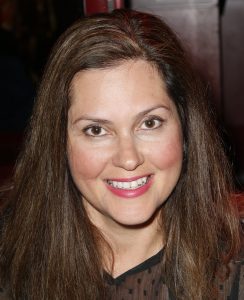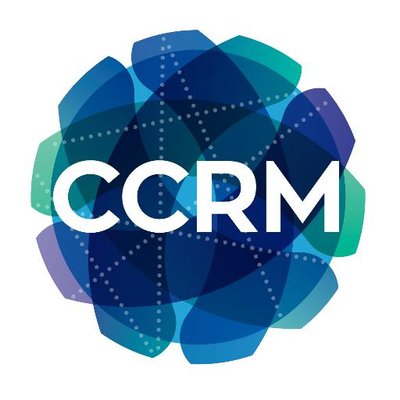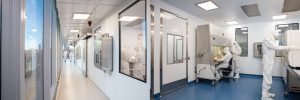
OSPE recently sat down with Helen Pejnovich, P.Eng., the Director of Operations at the Centre for Cell and Vector Production – a Good Manufacturing Practices (GMP) facility run by the Centre for Commercialization of Regenerative Medicine (CCRM). The work that Helen and CCRM are doing with this new GMP facility is at the forefront of cell and gene therapy, so we wanted to get to know Helen better by learning about her background, the work she’s doing with CCRM and how being an engineer has helped her progress throughout her career.
Helen began her post-secondary education as a Science student at McMaster University, but after her first year, she quickly changed her focus in search of something more applied. With a new major in chemical engineering on the horizon, Helen was determined, and promised her family that she would not only stick with chemical engineering, but that she would finish her degree within the four years she allotted for her education. That would mean, essentially finishing her four-year chemical engineering degree in three years by taking more than the average course load.
Having successfully accomplished her goal, Helen was eager to begin her career. She landed a role with an automotive plastics company, followed by a role with Ford. From there, Helen transitioned into roles with E. D. Smith and Sons, looking after project engineering which included automated continuous manufacturing of ketchup, followed by a longer stay at Apotex Pharmaceuticals, before finally ending up with CCRM.
CCRM is a Canadian not-for-profit organization supporting the development of technologies that accelerate the commercialization of cell and gene therapies. CCRM’s focus is to bridge this commercialization gap through a network of scientists, engineers, entrepreneurs, academic institutions, industry partners and investors, who focus on key bottlenecks in the industry.
In her role with the Centre for Cell and Vector Production (CCVP) which opened in 2018, Helen manages the ins and outs of this 20,000 sq. ft. space featuring ISO Class 7/Grade B cell and viral vector clean rooms – 10 in total. The CCVP features robust and phase-appropriate quality systems, cutting edge equipment capabilities, and a staff of over 20 people with vast combined experience in cell and gene therapy. The main objective of the CCVP is to create cells and vectors for phase 1 & 2 clinical trials.
Helen is tasked with looking after many different aspects of the CCVP – manufacturing, maintenance, supply chain operations, project management, and much more. She credits her engineering background for her malleability to whatever working conditions she finds herself in. “My engineering background helps in critical thinking, which we need to do here on a regular basis,” says Helen. “It also helps me to be able to learn different processes and systems.” With the variety of industry experience that Helen has acquired, this approach has been essential to her success. “I’ve sort of taken the approach that I can learn and understand any process if I can spend the time to study it. Then I can function successfully and lead teams successfully in that environment.”
Helen’s path speaks to the adaptability of the engineer. When she began her education as a chemical engineer, a facility like the CCVP and the work they’re doing wasn’t even on her radar, let alone possible. Engineers of the future will have to employ their problem-solving skills to newfound areas of expertise, just like Helen did. With exponential technological growth from year-to-year, it’s easy to see that an approach like Helen’s is essential for any engineer looking for long-term success in their field.
Have a question for Helen about her role as Director of Operations? Leave a comment below.






Leave a Comment